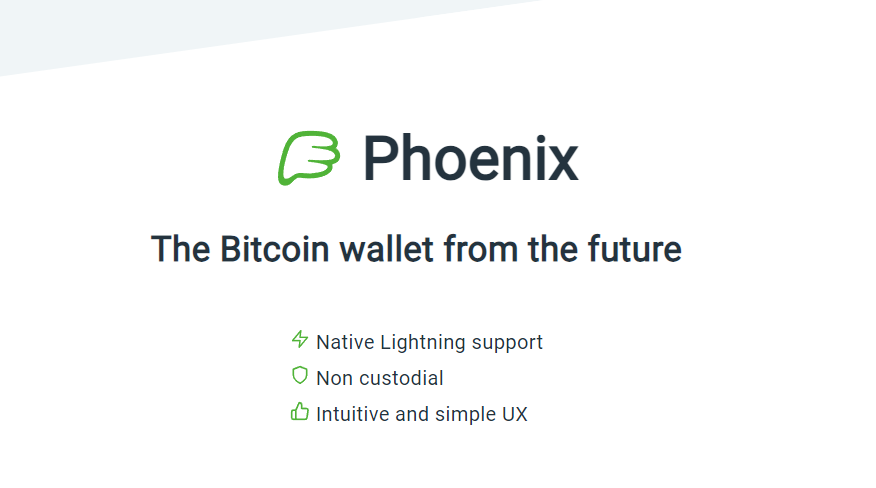Phoenix Wallet v2.2.0: Swaproot & Quiescence
"Depositing on-chain funds to Phoenix is now cheaper (by 16% if the swap transaction has one input, 23% for 2 inputs, 27% for 3 inputs) and more private, thanks to a combination of powerful new features added to Bitcoin and Lightning in the last few years," announced Phoenix Wallet.

Phoenix 2.2.0 is out with:
- Swaproot + address rotation, meaning that on-chain deposits are now cheaper (by 20-30%) and more private.
- Quiescence - splices and lightning payment can now happen in parallel.
"Using Taproot, MuSig2 and bitcoin descriptors, we designed and implemented a new swap-in protocol: swap-in transactions are now cheaper, harder to track on-chain, and Phoenix will generate a new swap-in address every time you receive a transaction," was stated in a blog post.
What's new
- Use taproot addresses by default, and rotate addresses. "The address displayed by Phoenix for on-chain to Lightning swaps is now a Taproot address. This address is not static anymore. Phoenix will generate a new swap-in address upon receiving a transaction. This improves privacy, and also makes deposits cheaper."
- See our blog post for more information: http://acinq.co/blog/phoenix-swaproot
- Already used address are listed in Settings > Wallet info > Swap-in addresses.
- If need be, users can switch back to the static, native segwit legacy address in Settings > Payment options (on Android) or Receive > on-chain > Edit (on iOS).
- Support for quiescence. "Phoenix can now splice (in/out) a channel while a Lightning payment is in-progress. See ACINQ/lightning-kmp#568 and ACINQ/eclair@47e0b83 for details."
- Upgrade of internal tools. "This is not visible to the users but the app (and all the lightning/bitcoin dependency suite) has been upgraded to kotlin 1.9, and a new logging framework."




